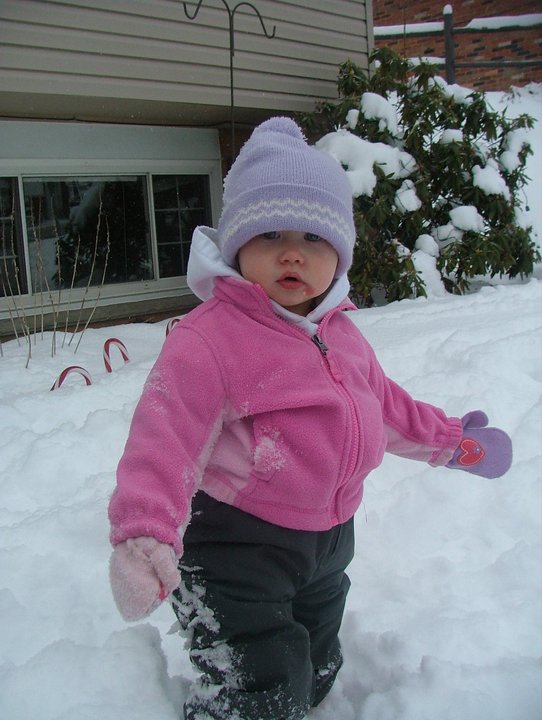Toddlers and Parties, Do They Mix?
December 29, 2017Helping Your Kids Before And After A Move
January 15, 2018Winter is here in full force and for much of the end of December and early January 2018, we were blasted with bitterly cold temperatures with wind chills below zero. Cold weather is dangerous for your infant and/or toddler and for YOU. Here are some cold weather tips from the American Academy of Pediatrics to help keep your family warm and safe this winter:
What is Hypothermia? Hypothermia occurs when a child’s temperature falls below normal due to exposure to cold. Children can experience this when playing outdoors in cold or snow while not wearing proper clothing or if the clothing gets wet. Hypothermia occurs more quickly in young children than in adults.
Signs of Hypothermia: Your child will show signs of shivering, lethargy or have slurred speech and in severe cases their body temperature will drop. If you suspect hypothermia in your child, call 9-1-1, bring him indoors and remove wet/cold clothing and wrap him in warm blankets until help arrives.
What is Frostbite? Frostbite occurs when exposed skin or extremities such as fingers, toes, nose or ears freeze. The skin may become gray, pale or blistered. A child may complain that their skin hurts, burns or itches. You should bring the child inside and use warm (not hot!) water and warm wash clothes to apply to frostbitten areas. Do NOT rub frost bitten skin! Remove wet/cold cloths and wrap child in warm blankets and give him something warm to drink. If numbness or pain occurs for more than a few minutes call your child’s doctor.
How to Prevent Hypothermia and Frostbite this Winter: Always dress your child in layers for winter weather. The rule of thumb is to dress infants and young children in one more layer than you are wearing. ALWAYS wear mittens, a hat and warm boots on your child. When riding in a car seat, children should wear several thin layers and their bulky coat or snowsuit should be removed (due to winter car seat safety guidelines).
Winter Crib/Bed Safety: Never place extra blankets, toys, pillows or bumpers in a crib to try to keep an infant warm. These are suffocation hazards for infants. If you must use a blanket in an infant’s crib, tuck it under the mattress on all sides and be sure it only reaches chest height on your baby so her face has no chance of being covered by bedding. Instead of blankets, dress your baby in warm one piece sleepers with feet.
For more information on safety tip visit www.aap.org


 Send to a friend!
Send to a friend!